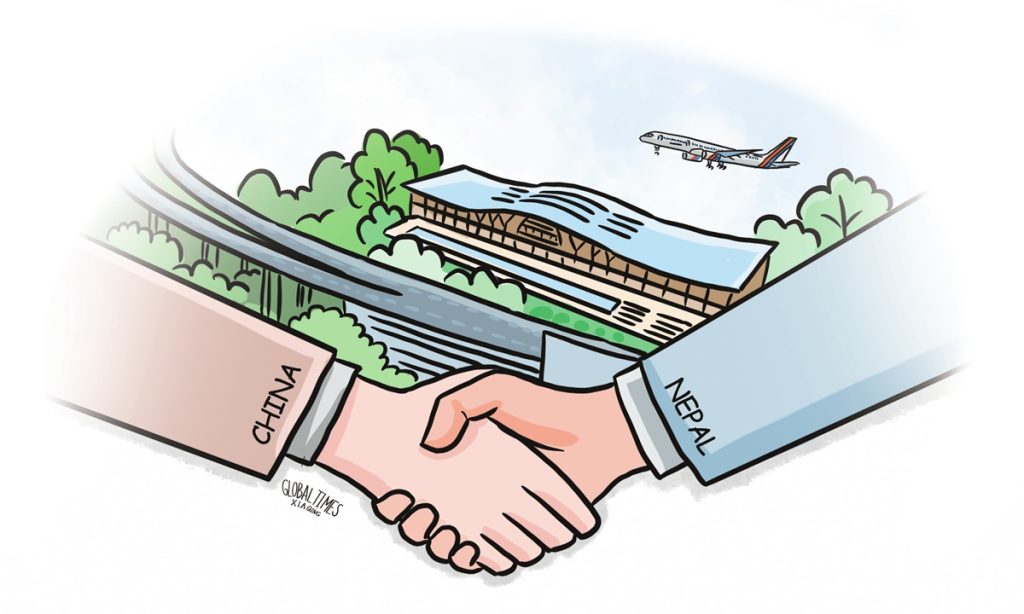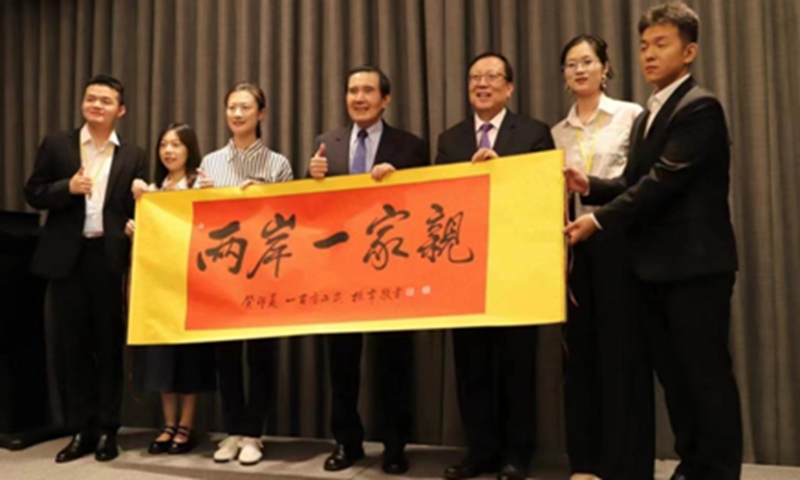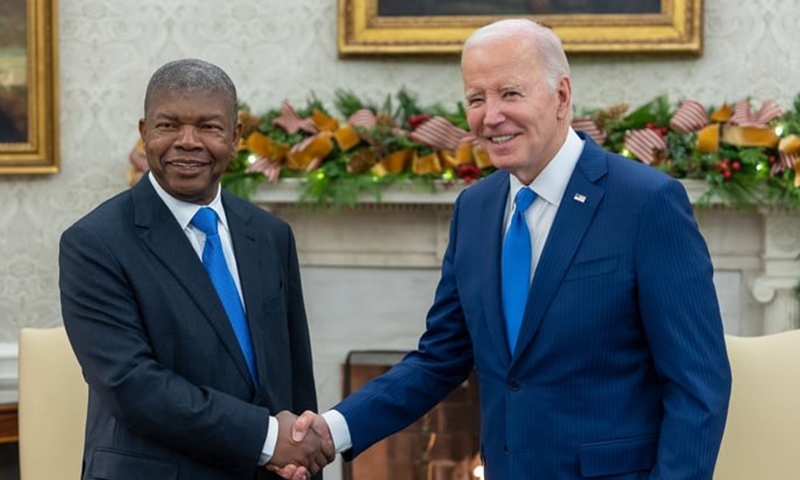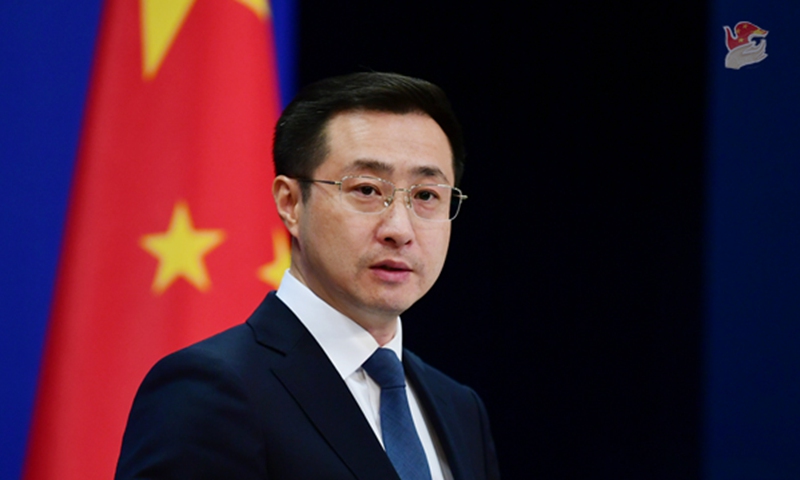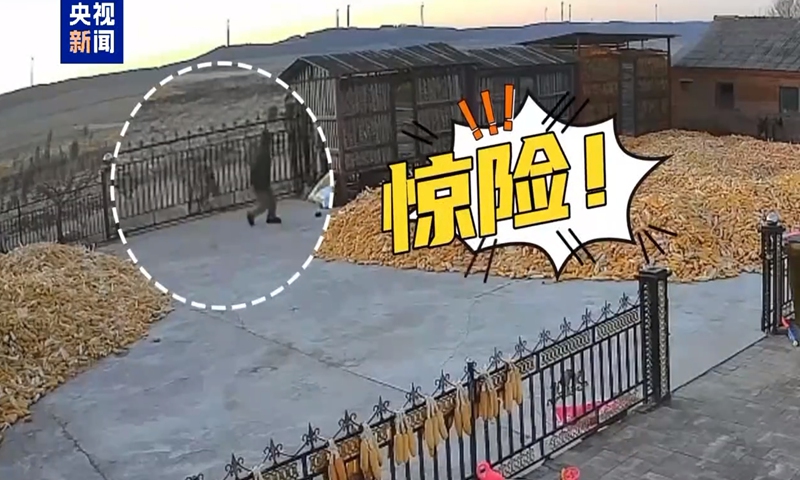China, Indian Ocean countries hold special dialogue to bridge blue economy opportunities, highlighting regional integration
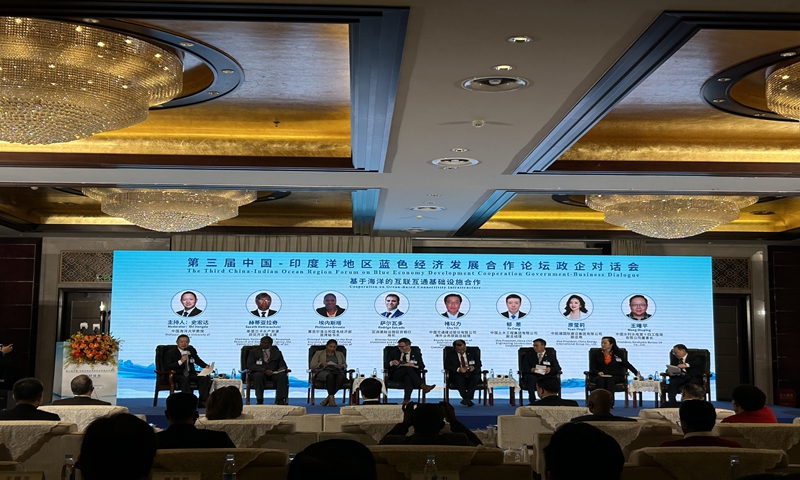
Delegates from China and Indian Ocean countries gathered in Kunming, Southwest China's Yunnan Province on Sunday for a government-business dialogue, aimed at connecting governments, financial institutions, and businesses to promote regional integration in the development of the blue economy.
The Sunday event hosted over 200 delegates from 20 countries and international organizations.
Zhao Fengtao, vice chairman of the China International Development Cooperation Agency, made three points for the dialogue in his address speech: advocating for consensus building so that governments, financial institutes and companies can work in the same direction; advocating for shared development through the combination of aid, investment and trade; and advocating for openness and inclusiveness with efforts promoting communication and sharing experience of Chinese modernization.
The Sunday dialogue featured three topics - ocean-based infrastructure, digital empowerment for the blue economy, and cultural exchange for marine tourism.
Phillianne Ernesta, delegate from Seychelles' ministry of fisheries and blue economy, discussed Seychelles' focus on cold chain development and processing facilities to support its rich fisheries resources, which can assist the related industry and expand market share.
In the same session, Chu Yili from China Communications Construction Company Ltd. shared insights on the company's automated port projects and equipment that have been applied overseas. Chu also highlighted opportunities for joint development in marine new energy and deep-sea resource exploration.
Rodrigo Salvado, director general of Asian Investment and Infrastructure Bank, said during the dialogue that the point of the dialogue is to build bridges between different parties with unique strength.
The Global Times learned from the dialogue that Chinese companies have established automated warehouses and distribution centers that reduce logistics costs and improve efficiency for local communities. Pakistan's first smart distribution center, built by a Chinese firm, has reduced the error rate from 1 percent down to 3 out of 10,000 parcels and below.
Daniel Tindipu, Papua New Guinea's Vice Minister for National Planning, said in the marine tourism session that as an island nation, PNG has rich marine cultures, including traditional navigation skills and festivals; and marine tourism allows the country to share its story to global visitors.
Marine tourism creates jobs, improves people's livelihoods and helps protect local ecology and environment, Tindipu said, while proposing regional travel packages to offer diverse experiences. Such packages can connect Indian Ocean countries together and maximize resources and opportunities for regional countries.
Tindipu told the Global Times that through direct dialogue, "we understand each other's pace in development, vulnerabilities and strengths, build trust and forge partnerships" that will contribute to better economies and better societies of the Global South.
Tindipu spoke highly of China's vision of a maritime community of shared future. The vision is about cooperation and solidarity to address common challenges, and seeks to build resilience, promote equitable growth, and enhance global partnerships, Tindipu said.
Mozambique Ambassador to China Maria Gustava told the Global Times that Chinese brands and projects are already well known in her country, including Huawei which provides 5G services in addition to smart devices. China is also helping with rice farming and built one of the largest suspension bridges in Africa in the country.
What makes China different is that "we are cooperating for mutual benefit. There is no conditions or obligation. There is no interference," Gustava added.
